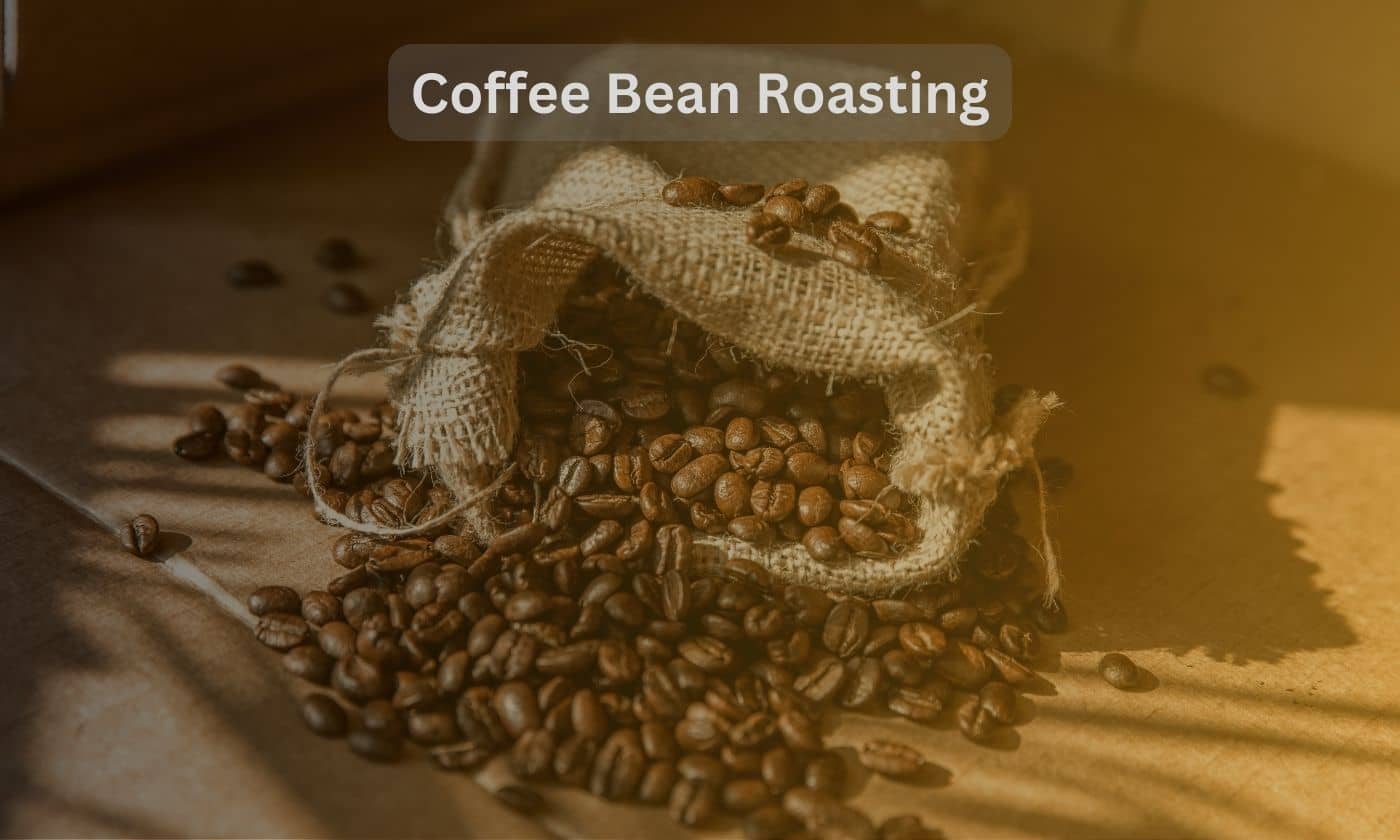Coffee bean roasting is an intricate process that plays a crucial role in overall coffee production, as it is responsible for transforming the raw, green beans into the aromatic, flavorful brown beans that we all enjoy.
It is a magical moment when the coffee beans undergo a profound metamorphosis, developing their unique taste, aroma, and complexity.
Each stage of the roasting process influences the final cup of coffee, from the delicate balance of flavors to the tantalizing aromas that dance upon our senses.
Roasting coffee beans is both an art and a science, requiring expertise and precision to achieve the perfect roast profile.
In this article on Coffee Bean Hours, we will embark on a captivating journey into the art and science of coffee bean roasting.
The Green Bean: The Starting Point
Coffee bean roasting begins with the humble green coffee bean.
These raw beans are the seeds of the coffee cherry fruit, harvested from coffee plants grown in various regions worldwide.
The green beans have a grassy, earthy smell and lack the enticing flavors we associate with a cup of coffee.
The Art of Roasting: A Delicate Balance
Roasting coffee beans is a delicate and precise process that requires skill and experience.
The objective is to apply heat to the green beans in a controlled manner to unlock their full potential flavors while preserving their unique characteristics.
The roasting process involves a delicate balance between time, temperature, and airflow. Here are the six stages of the roasting process…
Stage 1: Drying
As the green beans enter the roaster, the first stage is drying. The beans release moisture during this phase, causing a steam-like effect.
The beans undergo a color change from green to yellow as they heat up.
Stage 2: Browning
In the browning stage, the beans undergo a series of chemical reactions. They turn from yellow to light brown as sugars and amino acids interact, creating complex flavors and aromas.
The beans develop a nutty and toasted fragrance during this stage.
Stage 3: First Crack
As the temperature rises, an audible cracking sound known as the “first crack” occurs. It sounds similar to popcorn popping.
This crack indicates that the internal structure of the beans is changing, and the beans begin to expand in size.
At this point, the beans are medium roast, revealing well-balanced flavors with a lighter body.
Stage 4: Development
During the development stage, the beans undergo further chemical reactions, and their flavors continue to evolve.
Roasters carefully monitor the process to achieve the desired roast level, ranging from light to medium to dark.
Stage 5: Second Crack (Optional)
For those seeking a darker roast profile, the “second crack” may occur. This is an optional stage as some roasters prefer to stop the process before reaching this point.
The second crack produces oils on the surface of the beans and intensifies the flavors. The beans are now dark roast, with bold and smoky characteristics.
Stage 6: Cooling
Once the desired roast level is achieved, the beans are rapidly cooled to halt the roasting process and lock in the flavors.
This step is critical to prevent over-roasting, which can result in a burnt taste.
The Roast Spectrum: A World of Flavors
Coffee bean roasting gives rise to a spectrum of flavors and aromas. Light roasts offer bright acidity, floral and fruity notes, and a delicate body.
Medium roasts strike a balance between acidity and sweetness, with well-rounded flavors.
Dark roasts bring forth bold, rich, and smoky profiles, often accompanied by reduced acidity.
Storage and Freshness
After roasting, the beans must be stored properly to maintain their freshness. It is essential to allow the beans to degas for a day or two before sealing them in an airtight container.
Store the coffee beans in a cool, dry, and dark place, away from moisture, air, and light, to preserve their flavors.
Conclusion
Coffee bean roasting is a captivating journey that transforms green beans into the aromatic and flavorful brown beans we love. Each roast level offers a unique taste experience, providing coffee enthusiasts with an array of choices to suit their preferences.
Understanding the art of roasting empowers us to appreciate the complexity and variety of coffee flavors found in every cup.
Next time you savor your morning coffee, take a moment to celebrate the skillful roasting process that brings you the perfect brown beans and the delightful brew you enjoy.
Interested in learning more about coffee beans and their journey from harvest to cup?
Check out our Beginner’s Guide to Coffee Beans on the Coffee Bean Hours website.
